Neues Museum
The Neues Musem was opened in 1859 to bring relief to the popular and crowded Altes Museum. It was one of the most ambitious building projects of its time due to its use of new industrial construction technologies such as the steam engine. Built in the Neo-Classical style, the three exhibition floors were decorated by important Classical painters, with a focal point being a grand staircase winding through all three stories. Near the end of World War II, the museum was severely damaged by bombing, and partially destroyed.
The building was abandoned for decades, and restoration was only decided upon in 1985. Since 1997, British architect David Chipperfield has been charged with overseeing the renovation of the building as part of a general restoration of the entire Museum Island, which will run until 2015.
The Neues Museum is a house of the archaeological collections of the Egyptian Museum and Papyrus Collection, the Museum of Pre and Early History, as well as works from the Collection of Classical Antiquities. The most prominent feature of the exhibit, the bust of Egyptian Queen Nefertiti, described as “the world’s most beautiful woman, centrally and prominently displayed in the north cupola of the building.
Those were the facts. Frankly after we saw all that wealth, we were a bit tired, tired of beauty. It sounds incredible but it's true, really. While we were entering the museum I told myself that I'd see only Nefertiti and left the rest for the next time. Indeed, after so many artwork we simply couldn't absorb any more.
However it's not so easy just pass by so much wealth, and there, while searching for Nefertiti, I found a lot of interesting and beautiful exhibits.
Let the images speak instead of the words. Otherwise, as far as taking a pictures I have to admit that the Germans were very tolerant. Only taking pictures of Egyptian Queen Nefertiti wasn't allowed. Luckily, there are pictures on the internet, so I lent one from Wikipedia (for my memory and this blog). Long live Wikipedia!
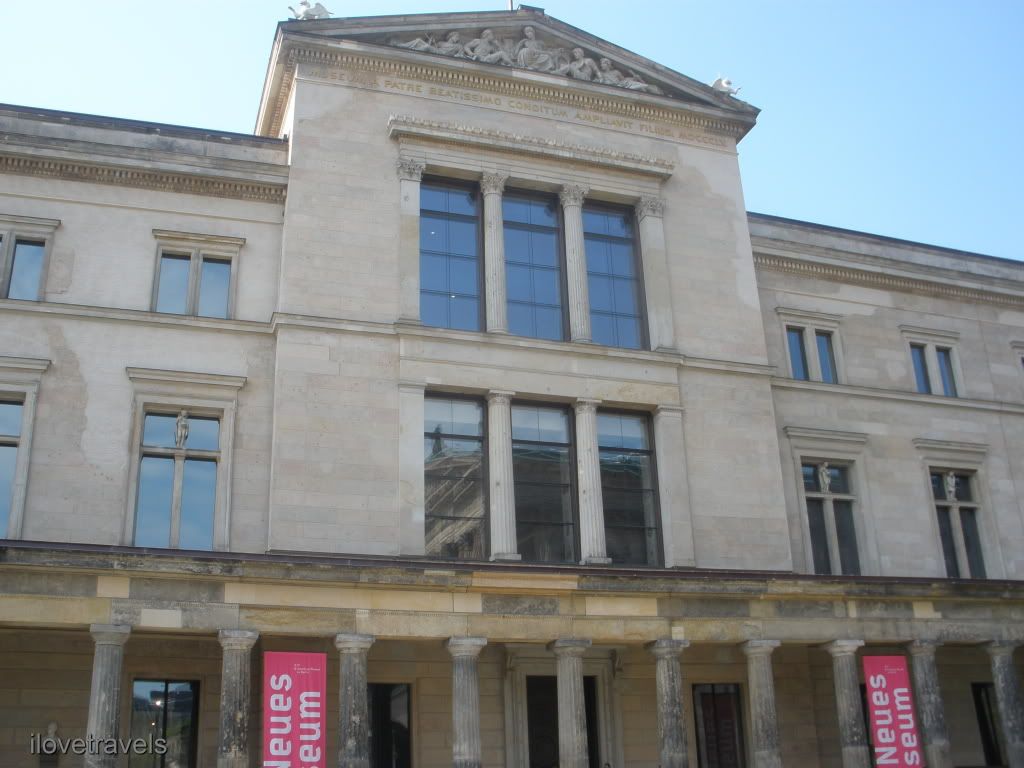
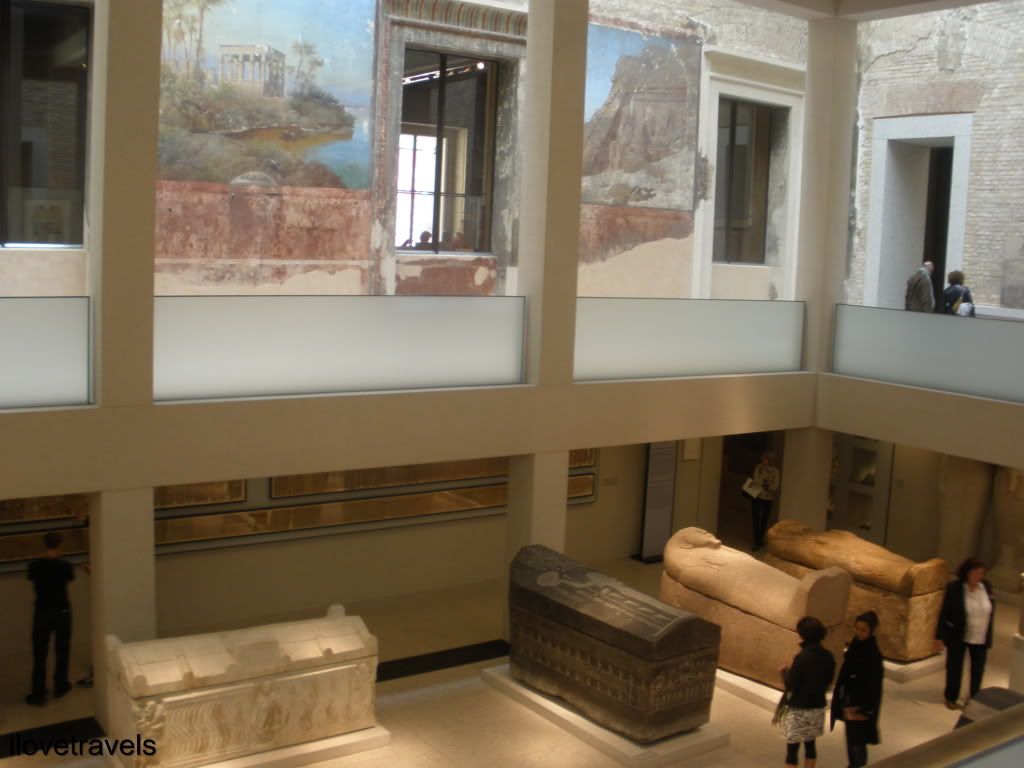
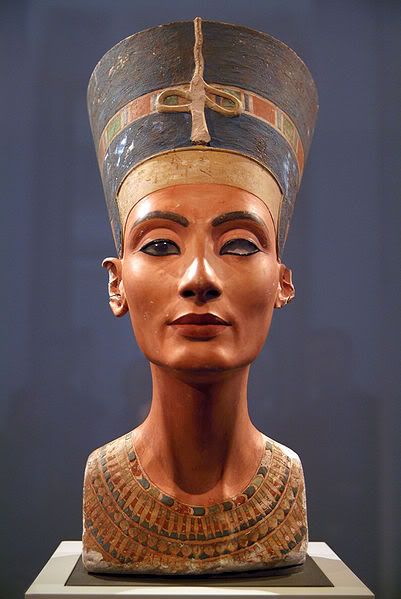
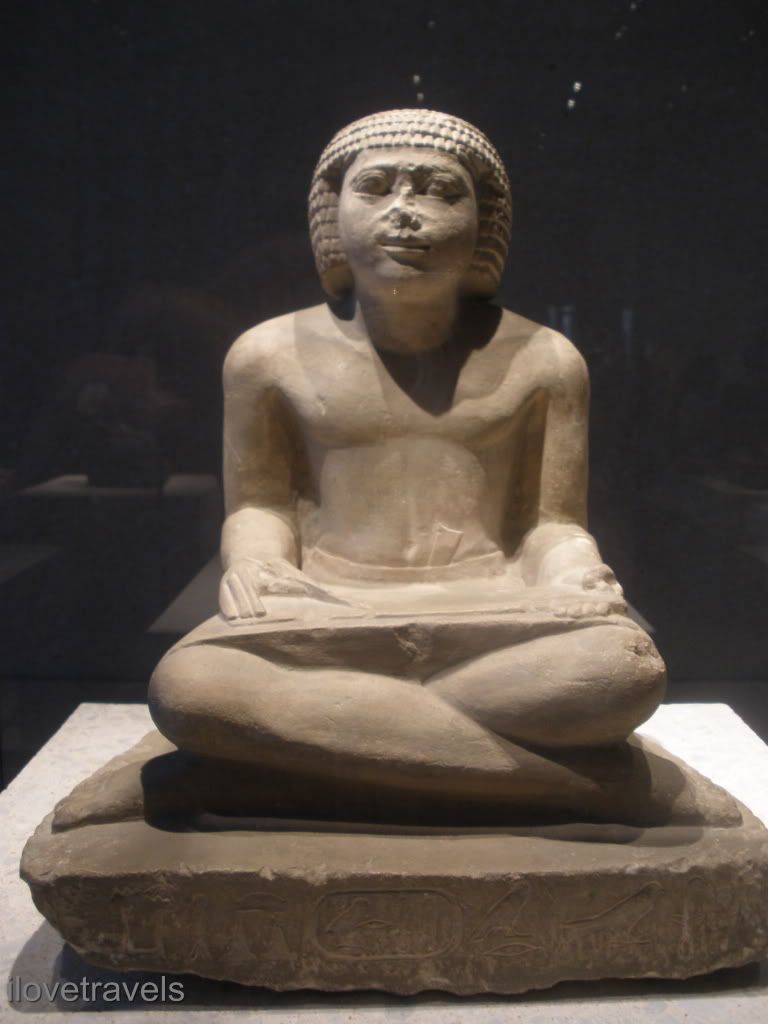
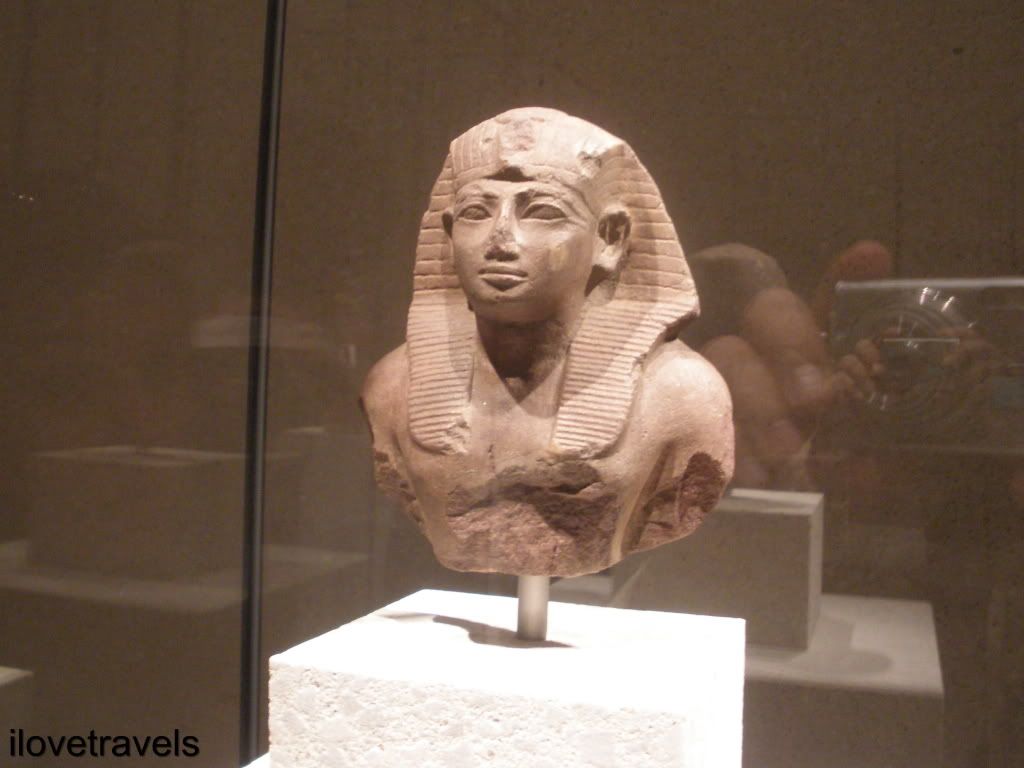

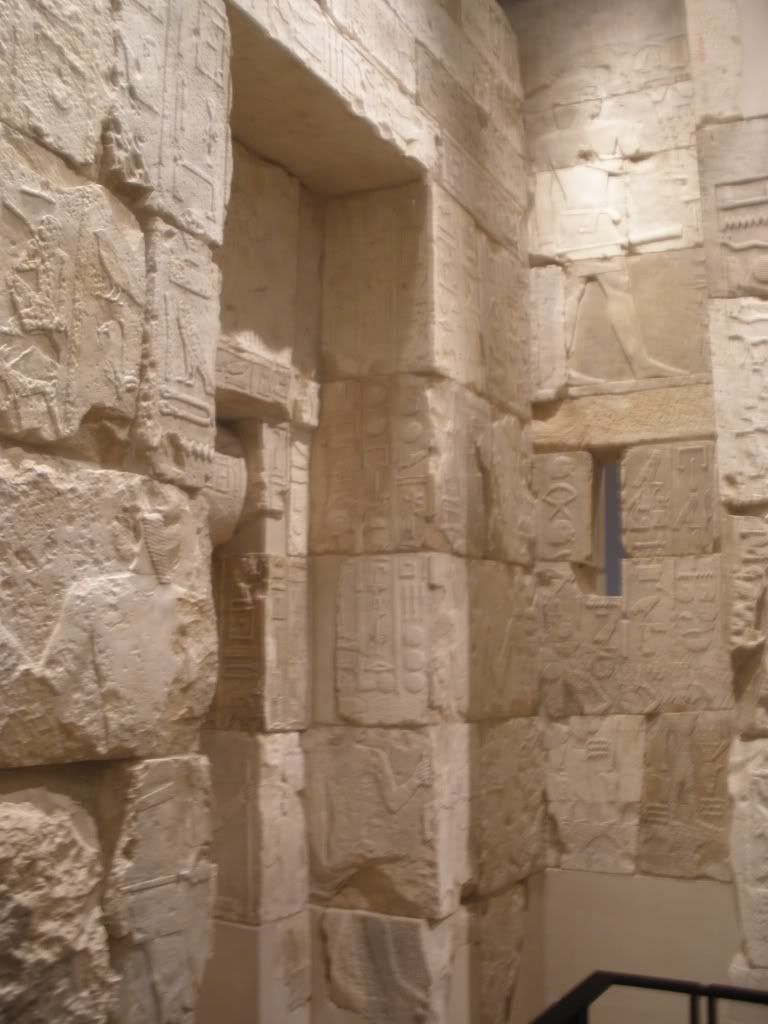
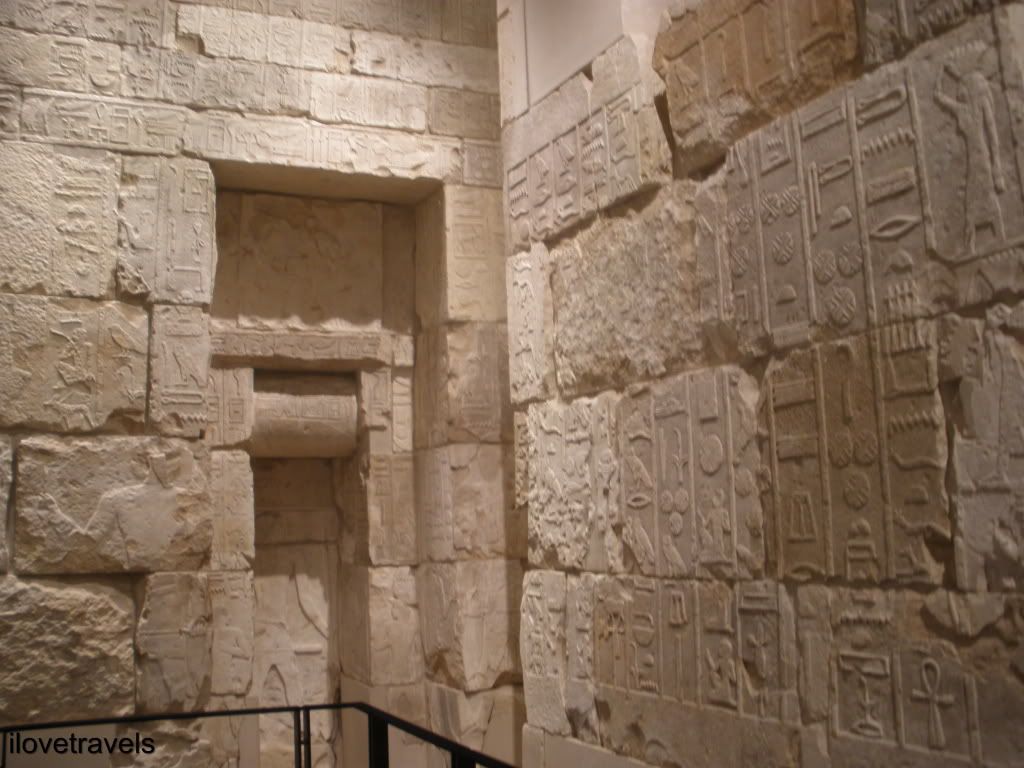

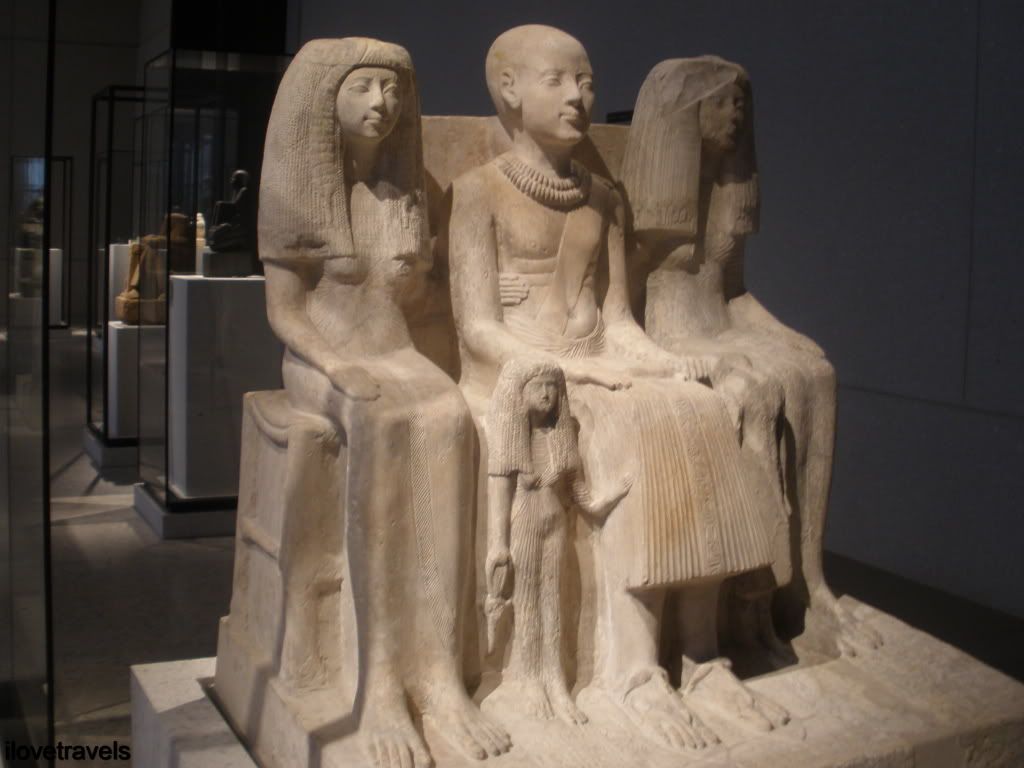
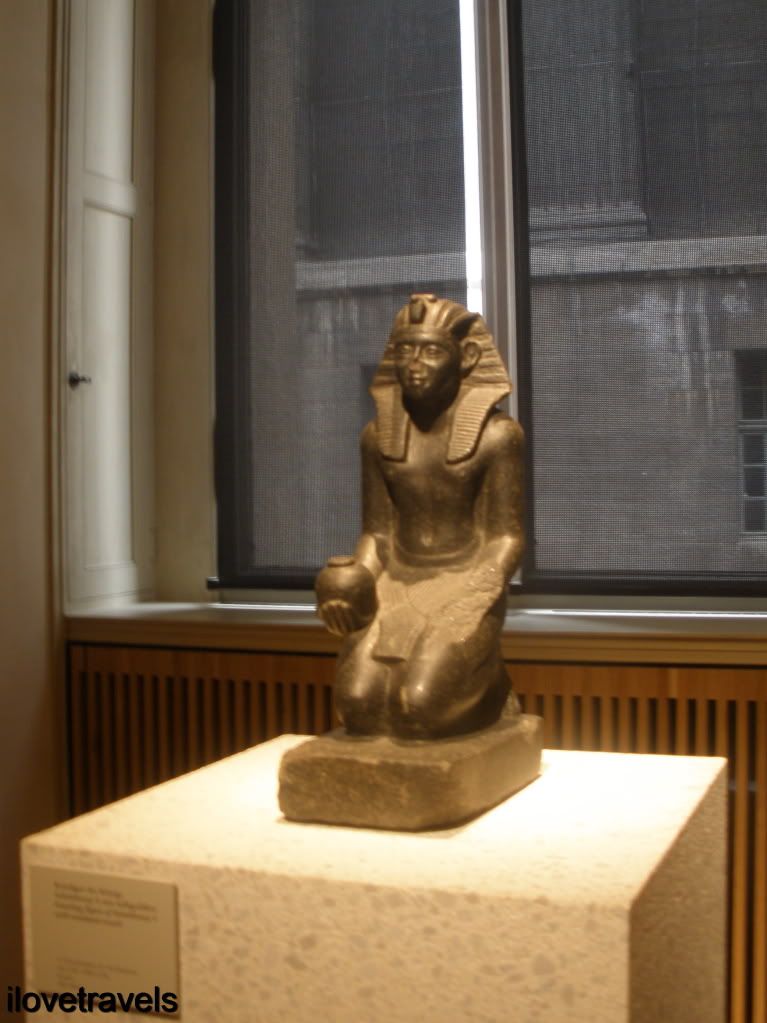
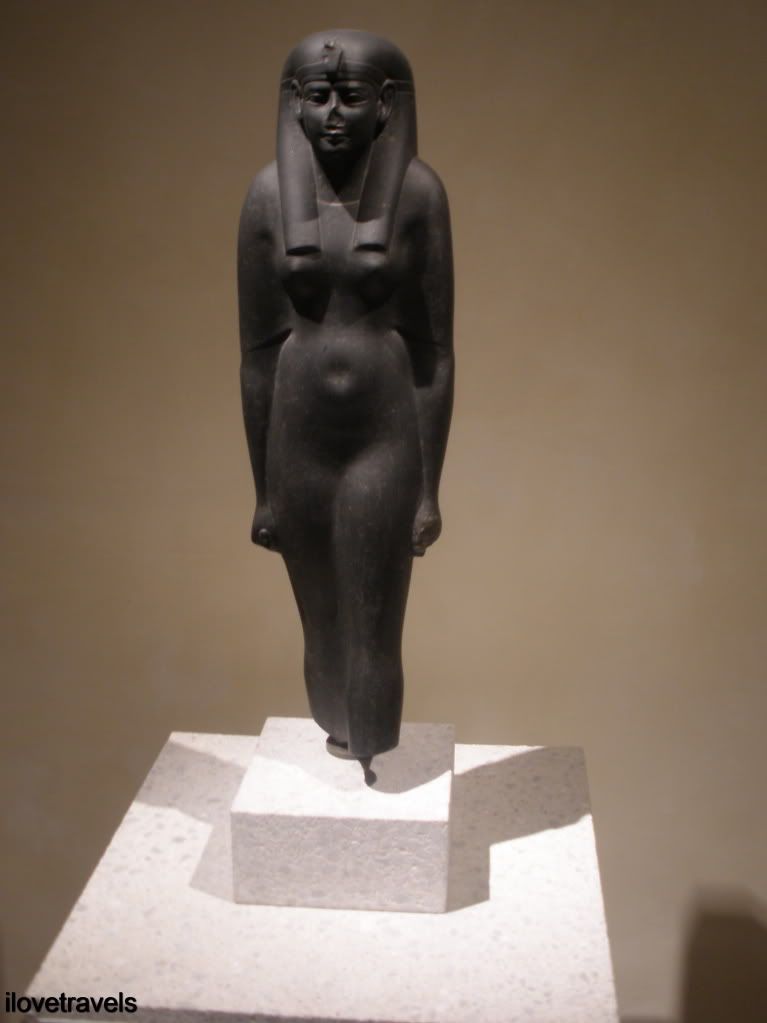
Lots of beautiful Pictures!
OdgovoriIzbriši